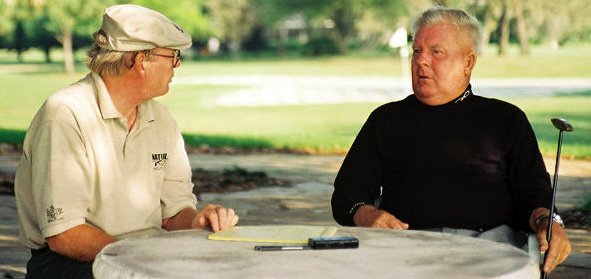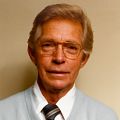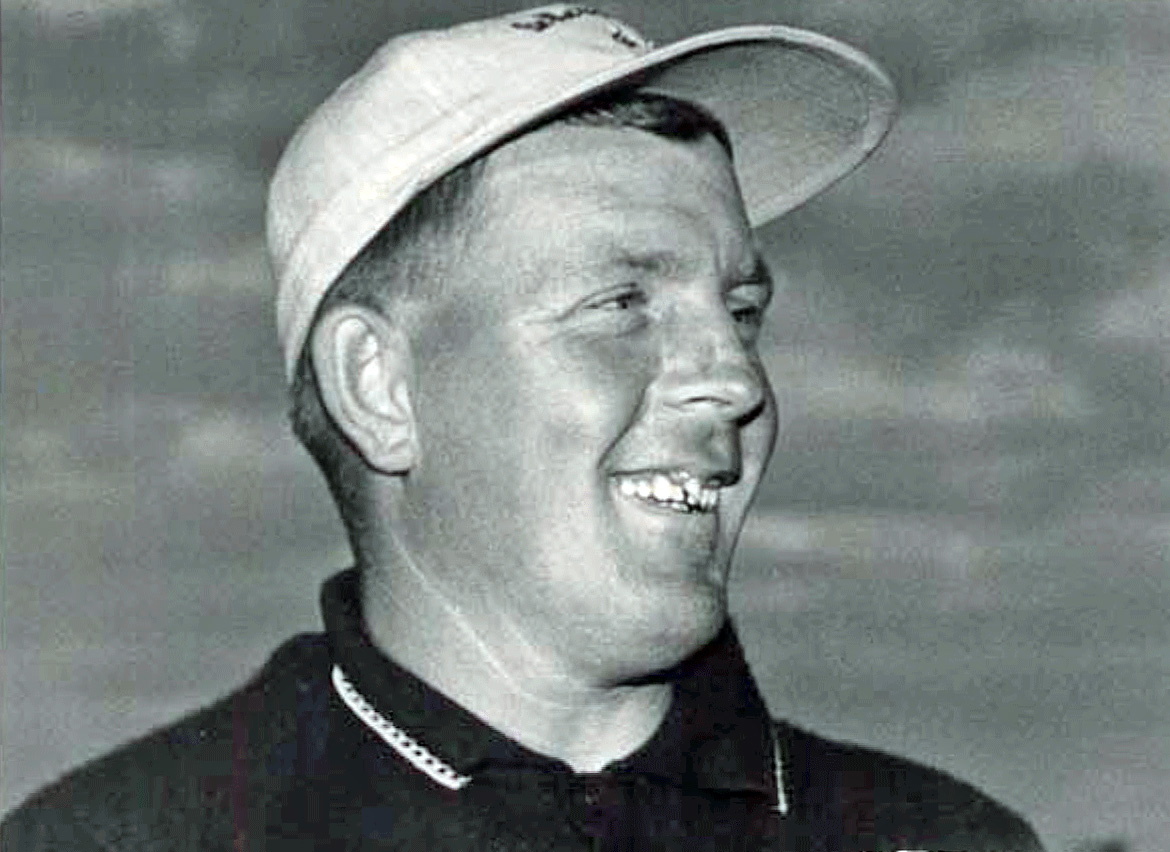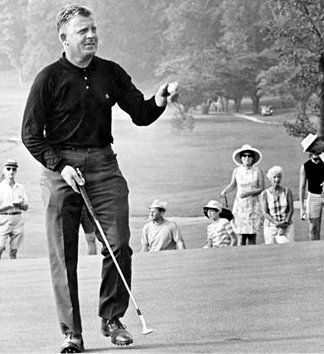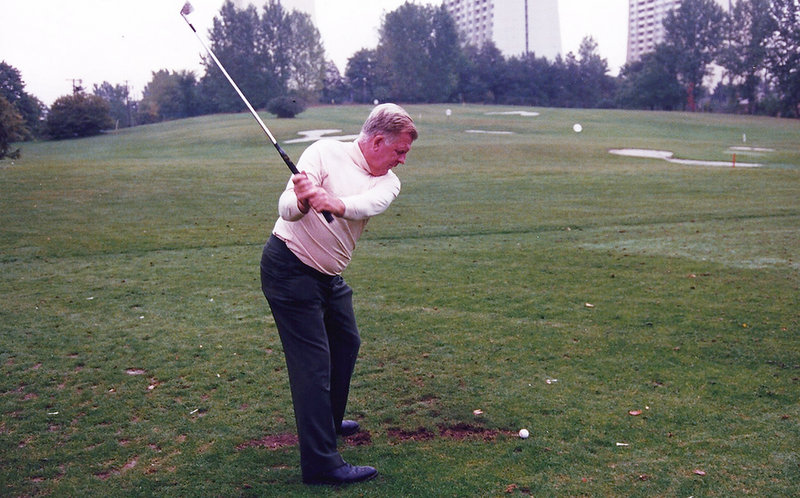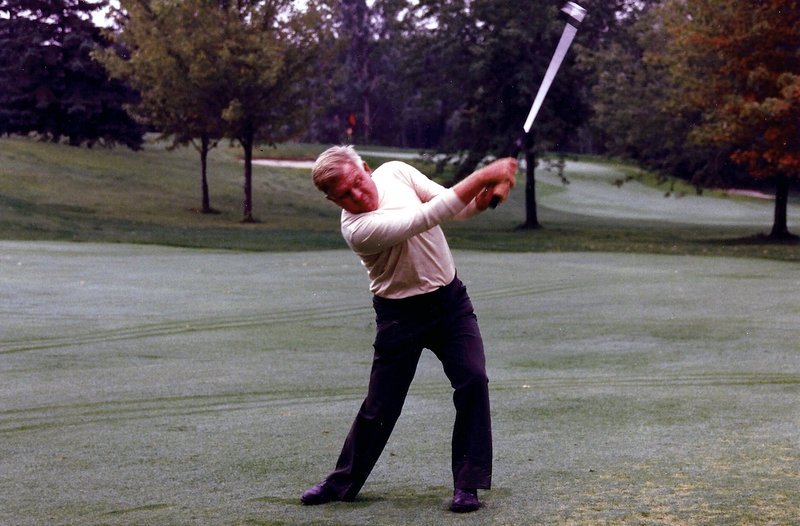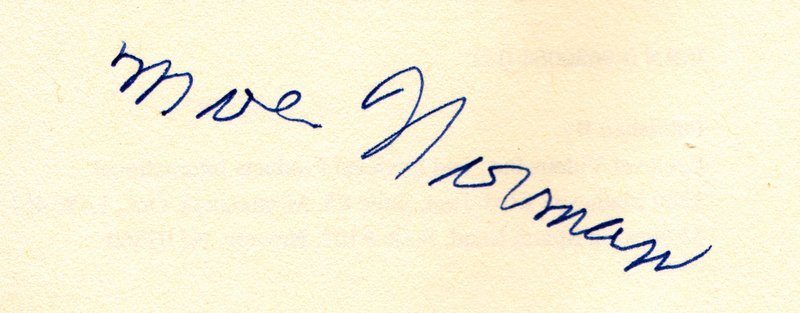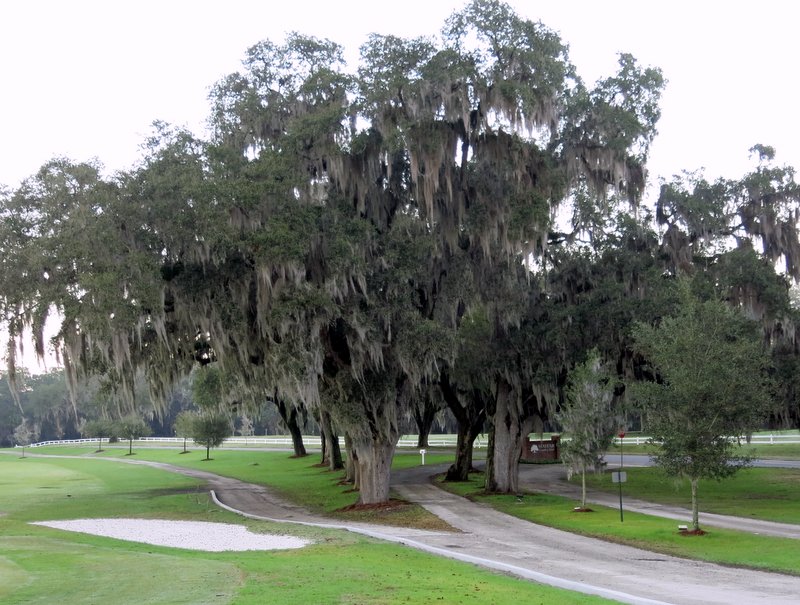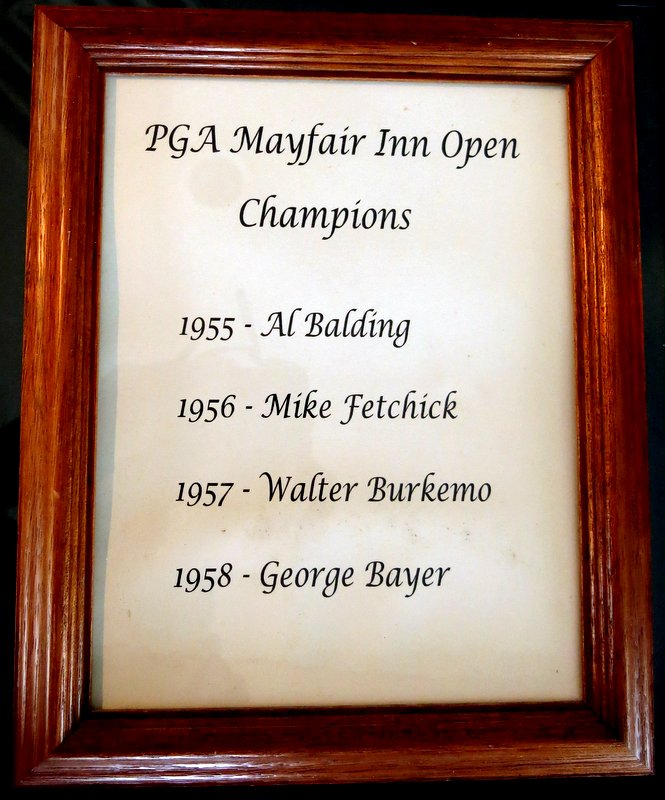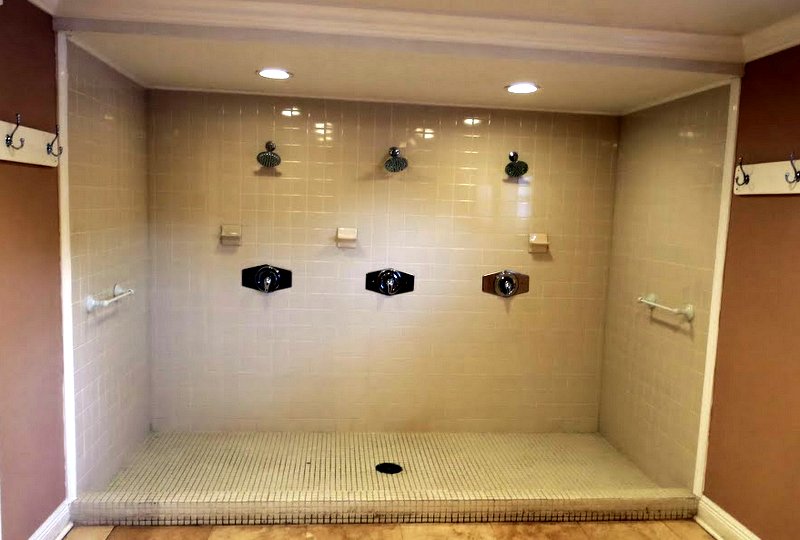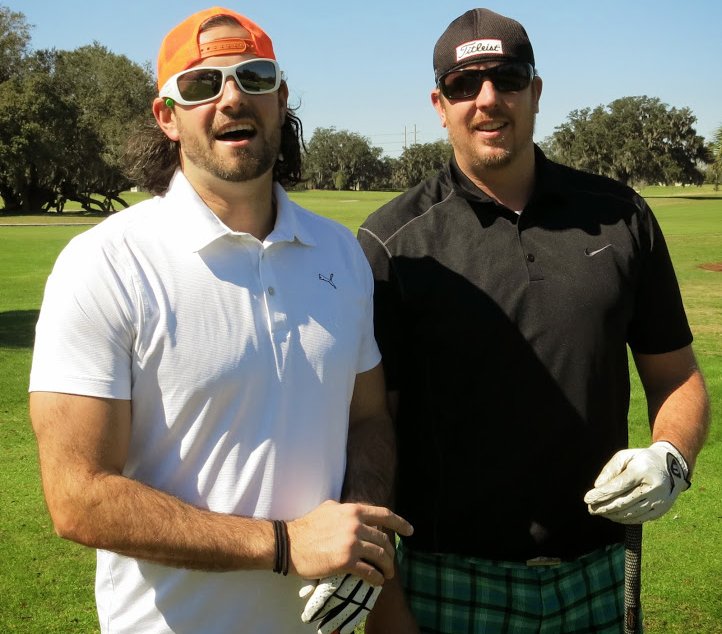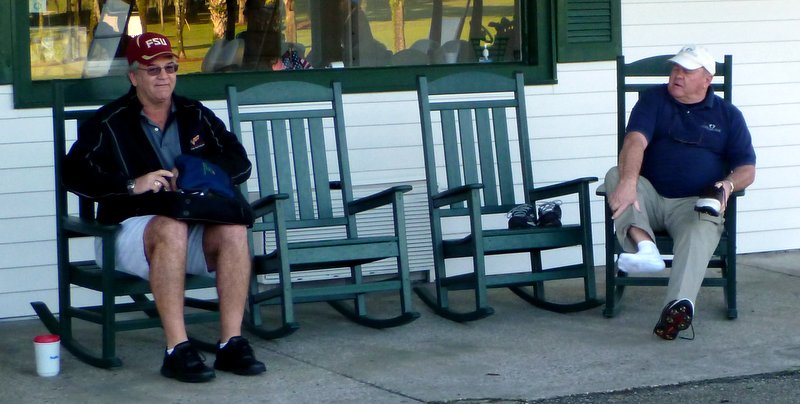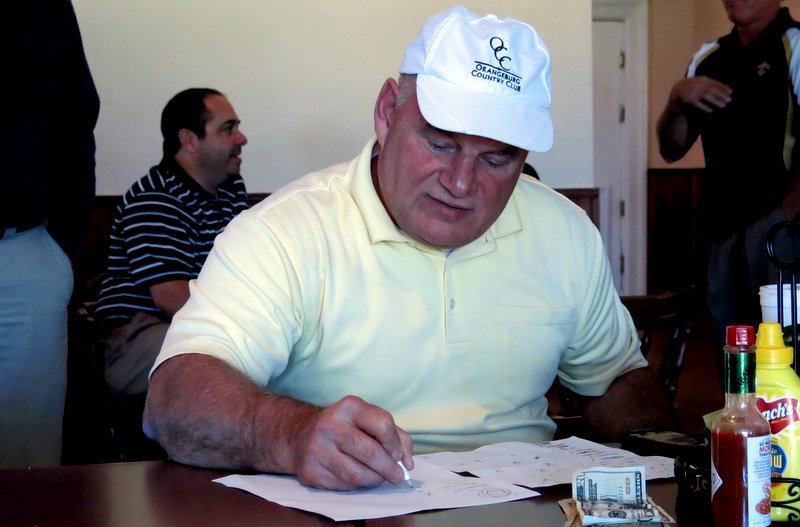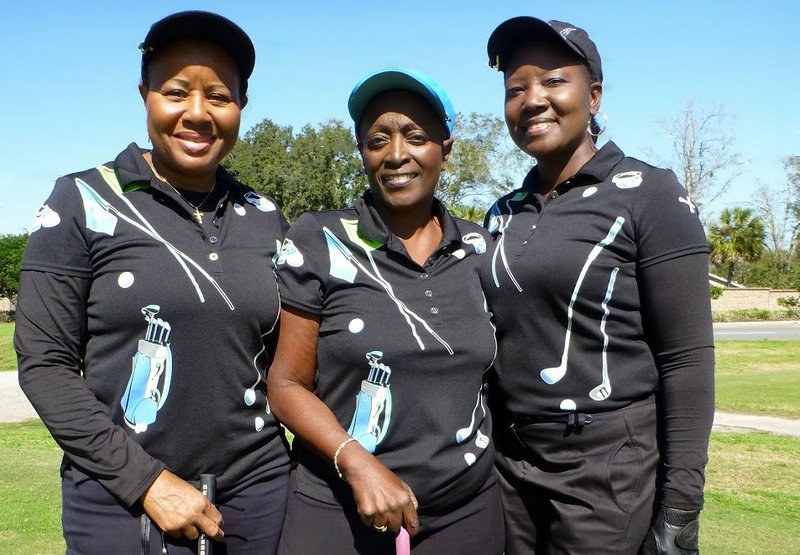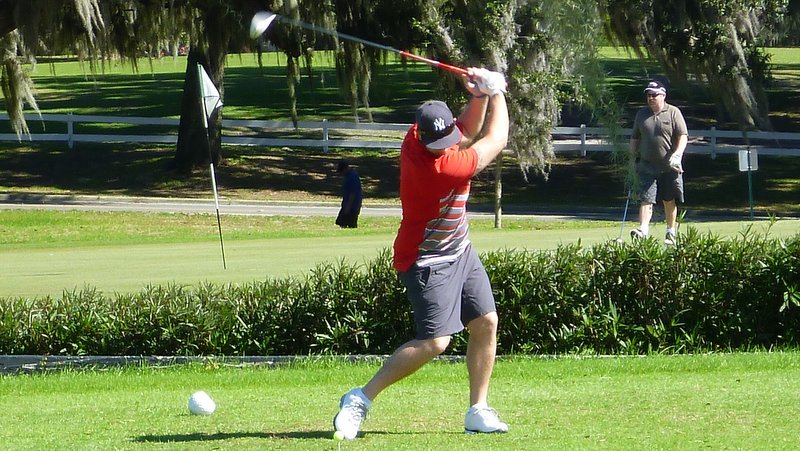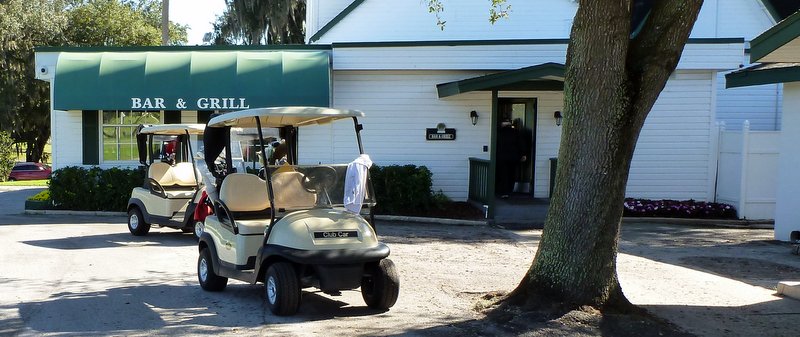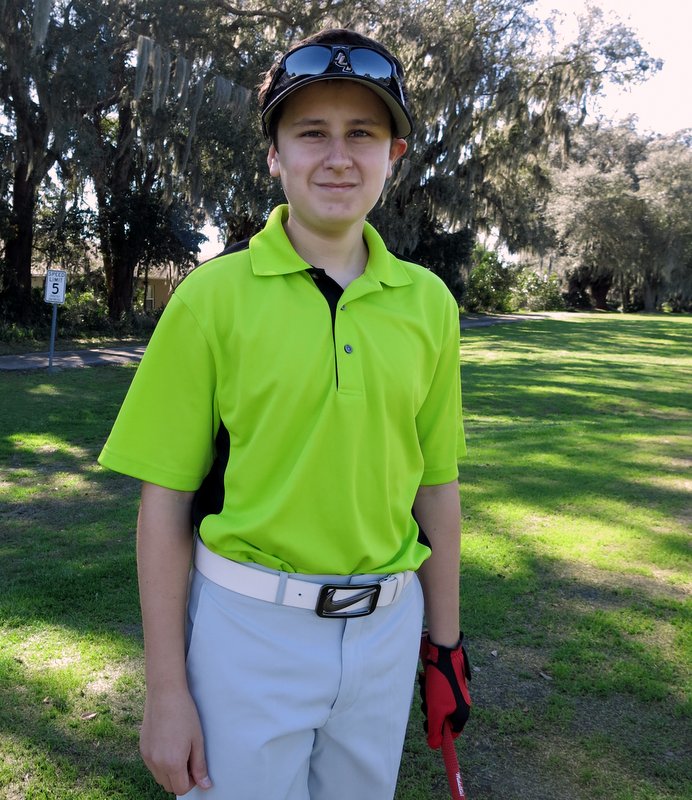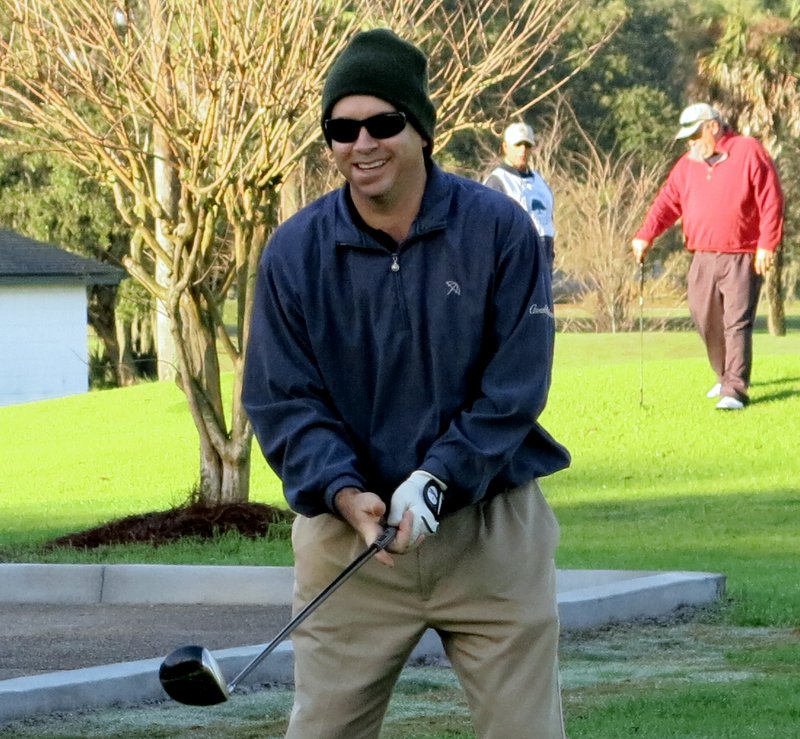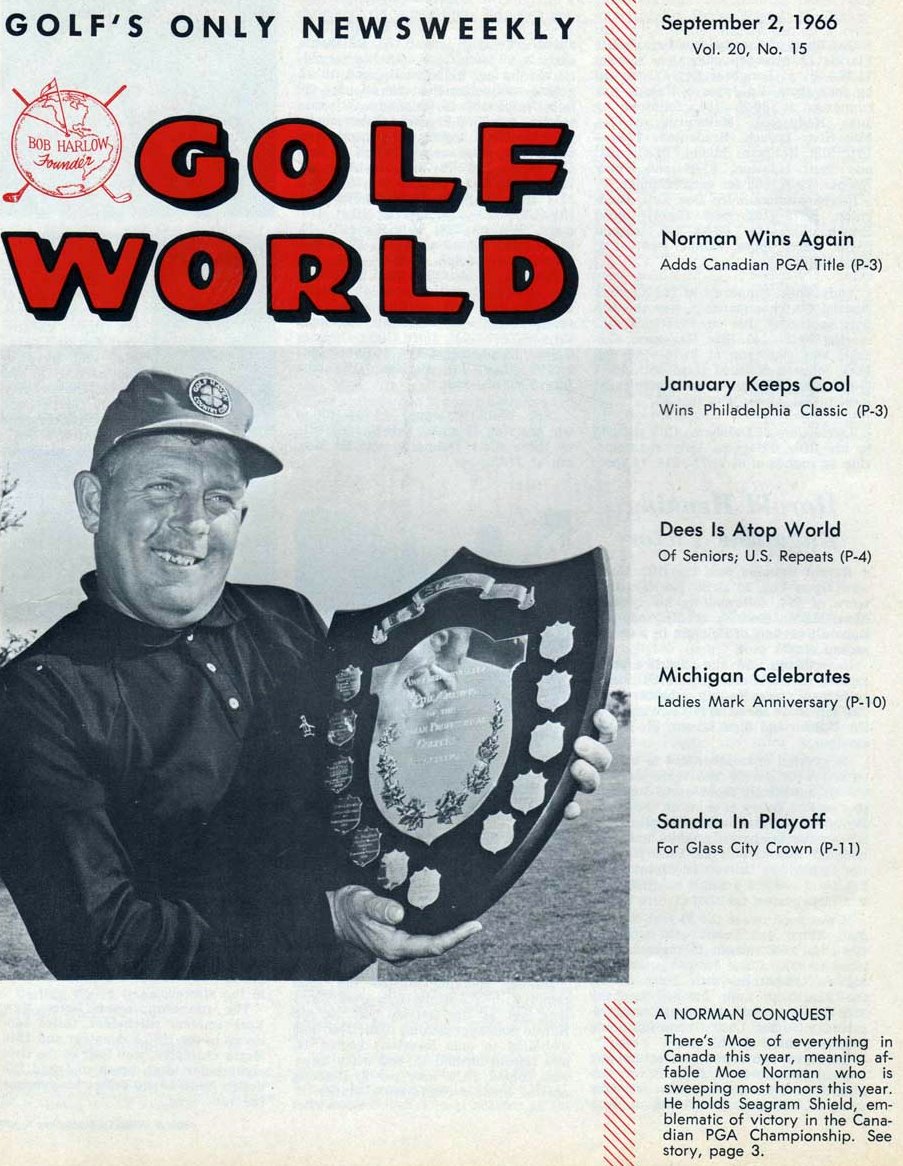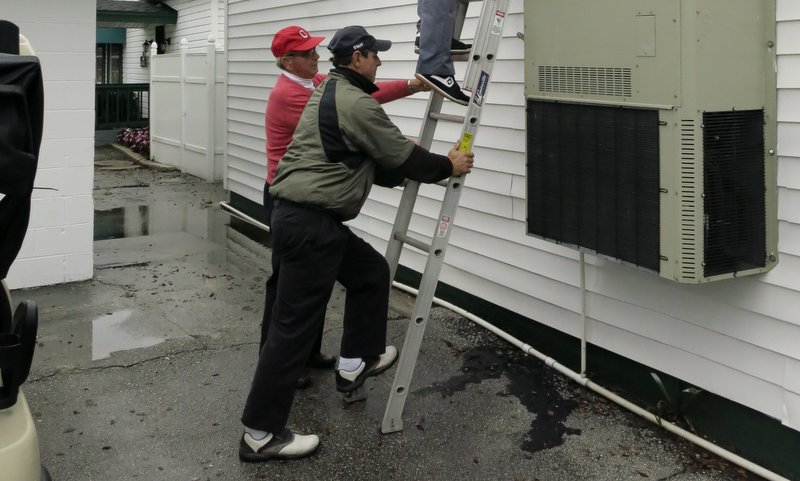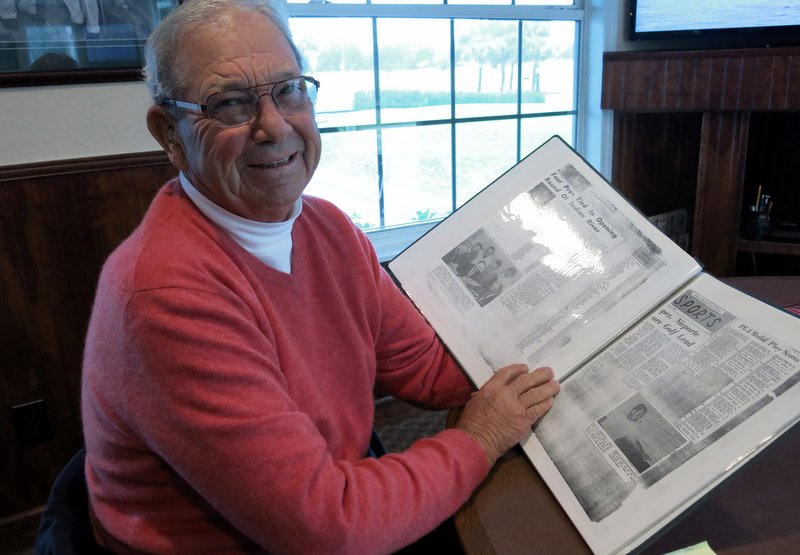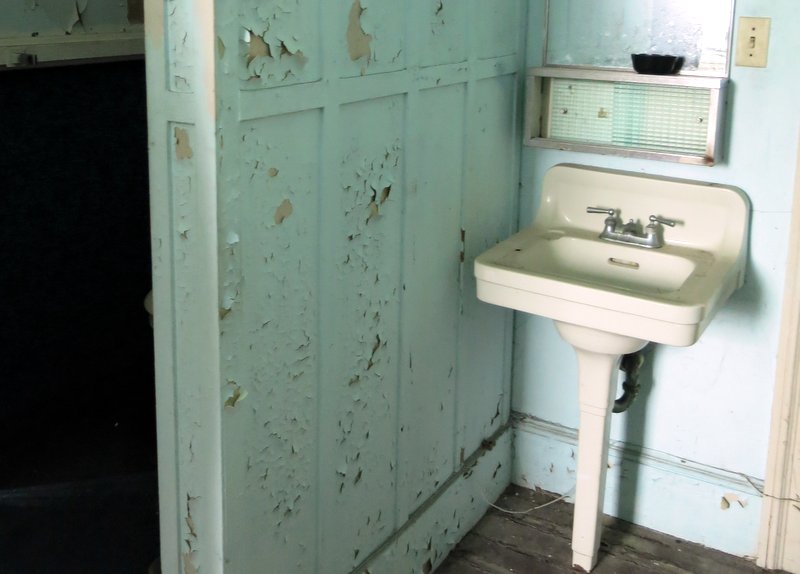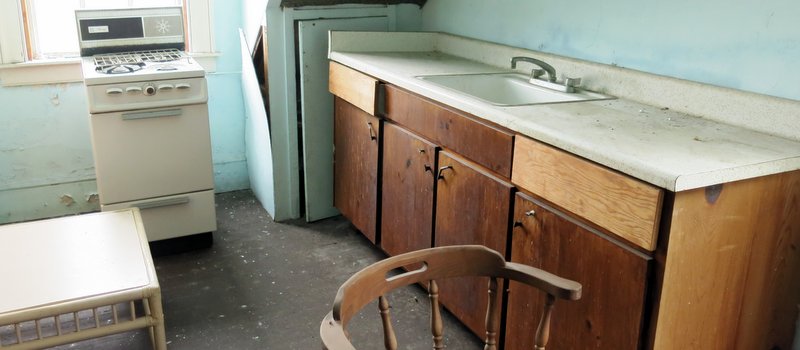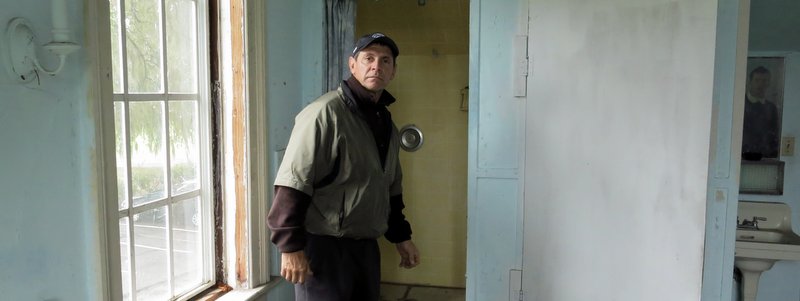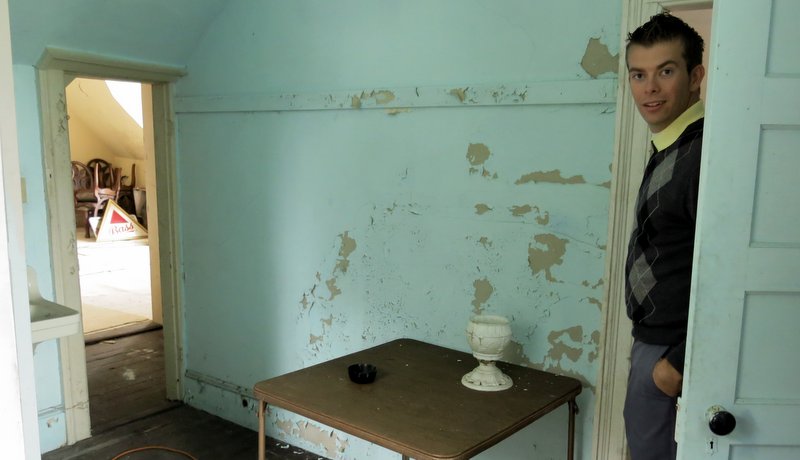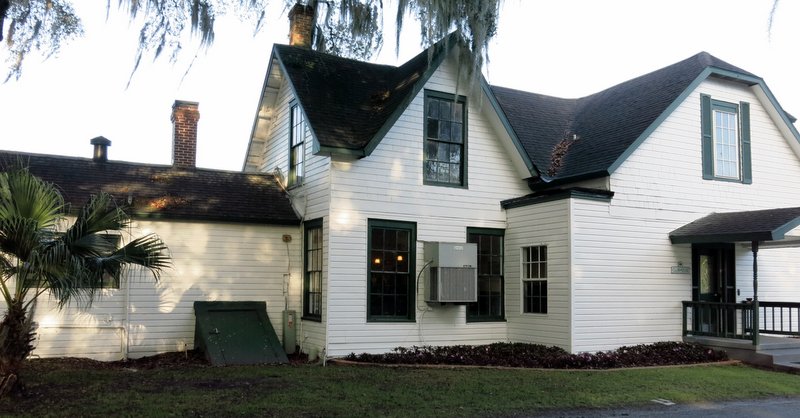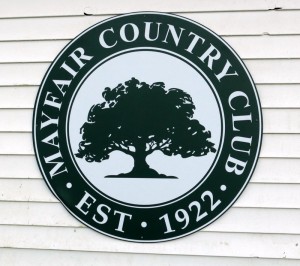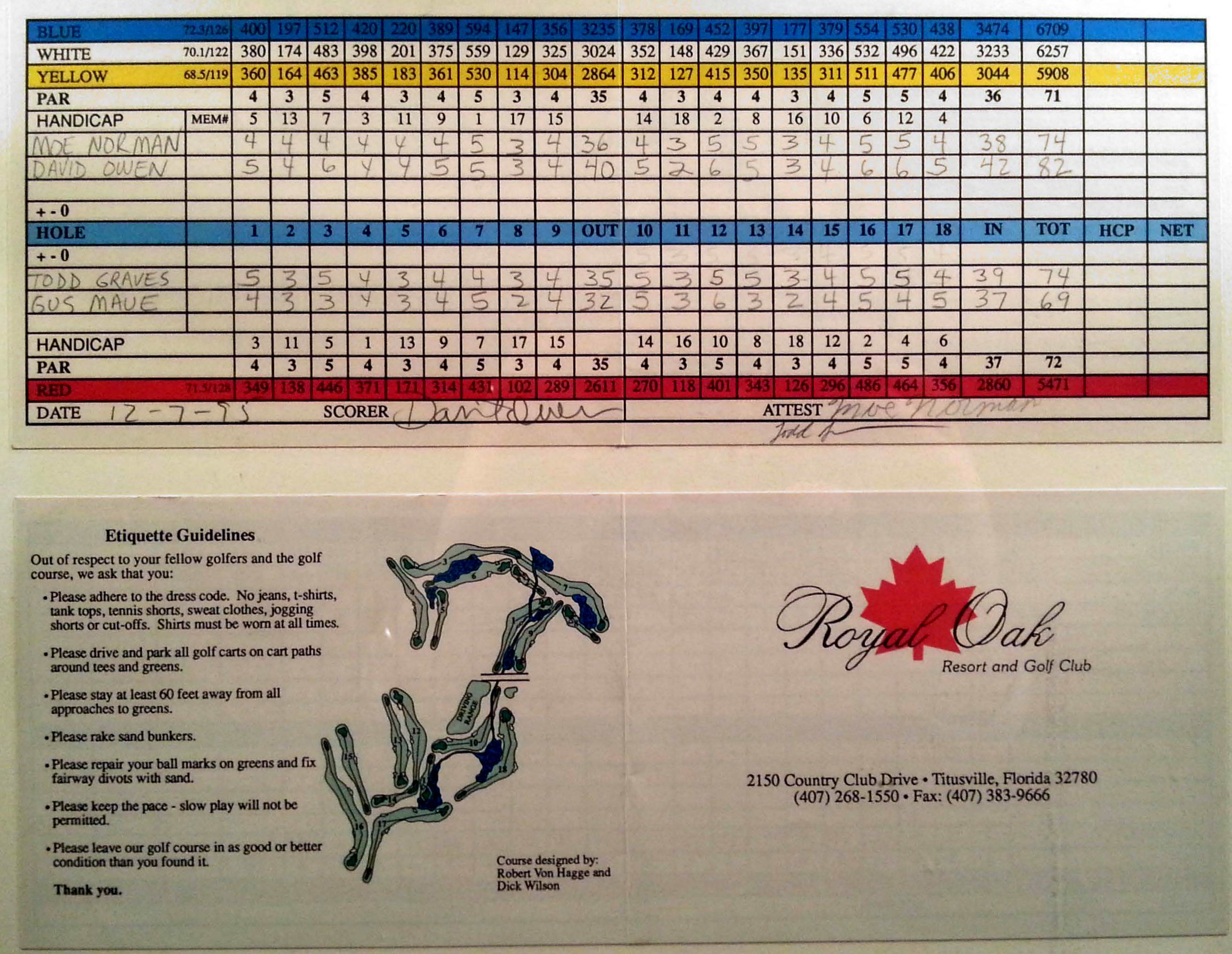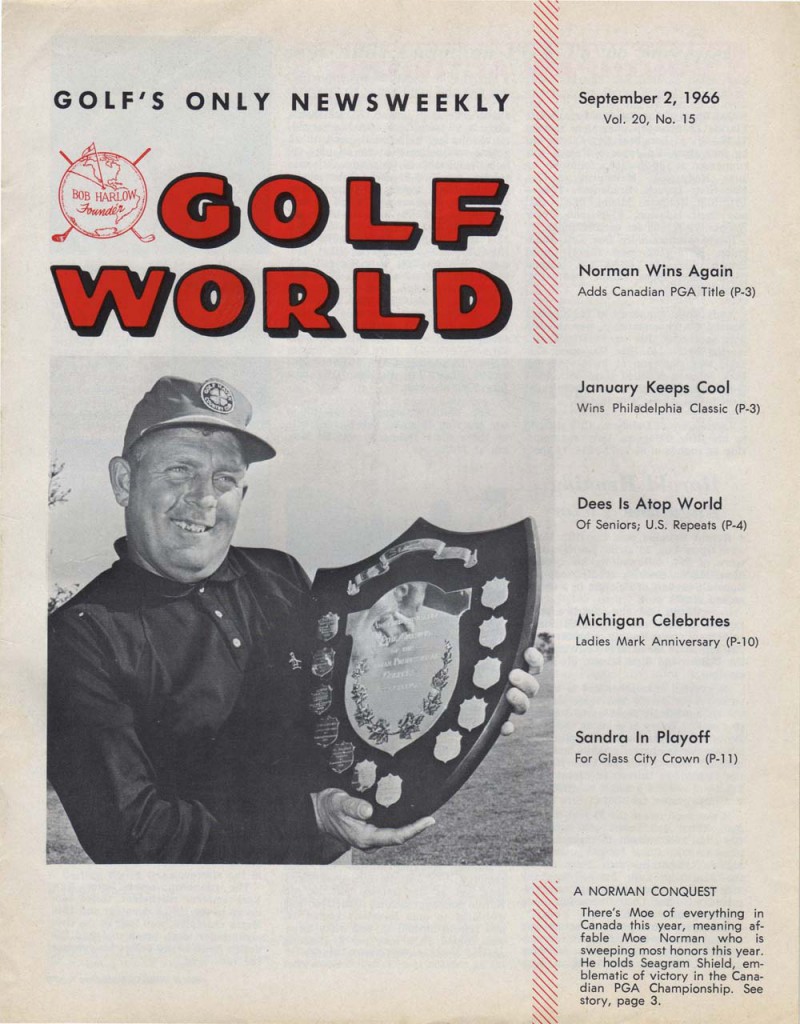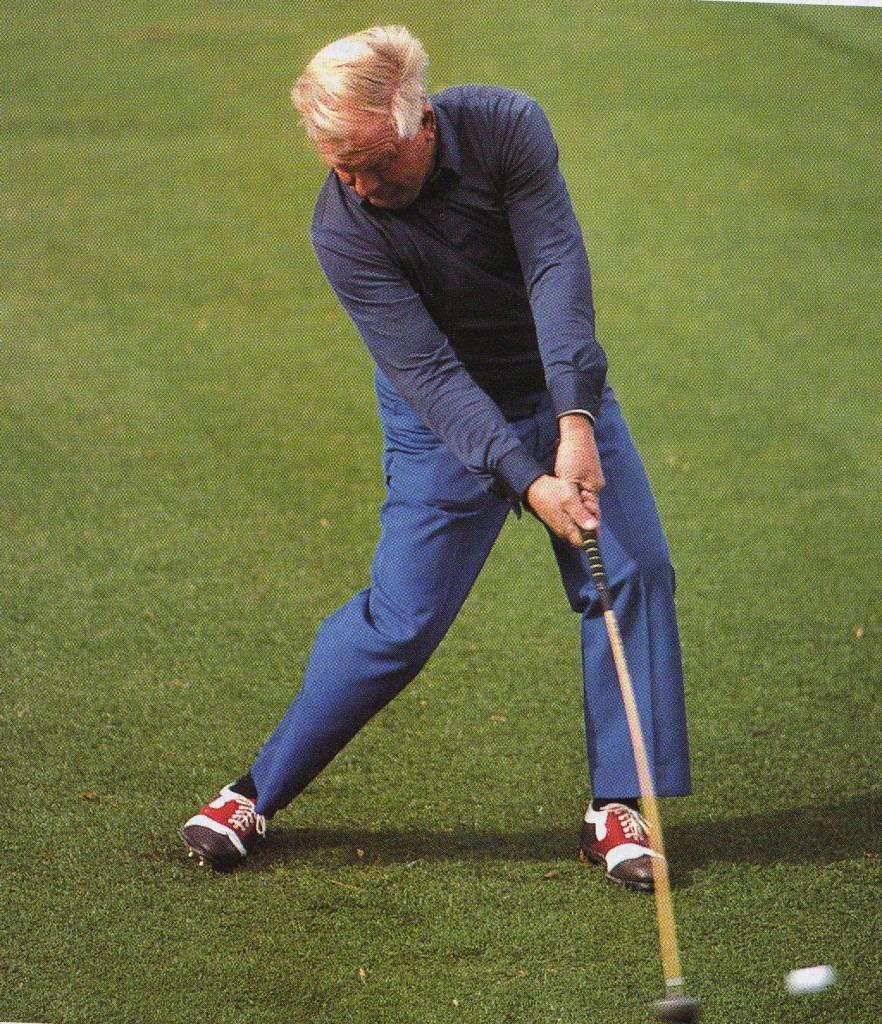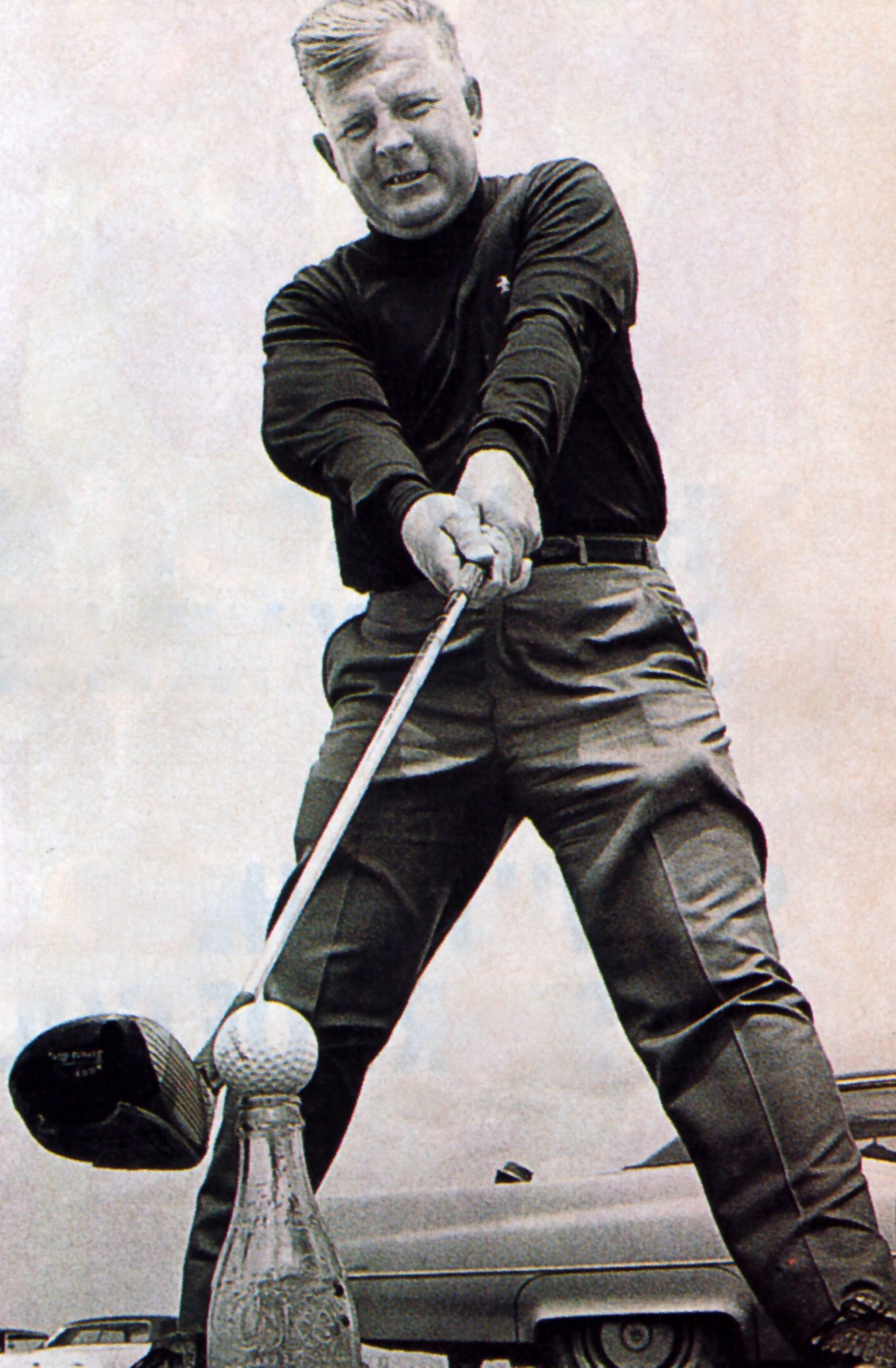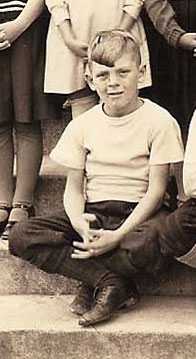True Linkswear, the golf-shoe company for which I am an unpaid shill, recently sent me what must be my tenth or twelfth pair, called True Motion:

They are now not only my favorite golf shoes but also just about the only shoes I ever wear—although if I had to go to a funeral or a wedding I’d wear an older (and, sadly, recently discontinued) model, my black-and-dark-gray True Lyt Drys:
This latest pair was accompanied by a moral quandary: a $50 gift card, which I was instructed, by the company’s publicists, to spend on “some range buckets or a round of 9 on us.” Somehow, accepting a free pair of golf shoes from a golf-shoe company didn’t strike me as an ethical problem but accepting a (less valuable) gift card did. So I decided to square things up with my conscience by donating the value of the gift card to a golf-related charitable organization. The one I picked is SoberGolf:
I learned about SoberGolf from Peter Fox, who was a founding executive producer at ESPN and the producer of Golf Digest’s video Moe Norman & Natural Golf (see photo at the bottom of this post). He told me, “This May 21 will mark 28 years since my last drink, enabling me over time to shoot my age, become the senior club champion at Hillandale Golf Course (in Durham, North Carolina), and create SoberGolf, a manifestation of the realization that for some of us golf is a place where our sobriety is enhanced.” Here he is with the trophy he received for winning that club championship:
And here’s more of Peter’s story:
There’s little doubt in my mind that golf helped me get sober. There’s no doubt golf helps me stay sober. My hands used to tremble on the first tee and when I faced short putts. The quivers would stop with three or four fingers of fermented potatoes. I read and researched all I could find on the yips—the dreaded affliction that shortened the careers of Hogan and Miller. I watched Watson overcome them and determined that I could, too. Then I saw the tremors spread to marking my scorecard and golf ball.
The awakening came early one Saturday morning on the fifth tee at my club during a pretty healthy money match. I bent to tee my ball, fumbled it, chased it, lost my balance, and body-surfed over the grass embankment.
That incident ignited another search—this time a soul search. It took a while, but I came to know and believe I am powerless over alcohol. And by that time my off-course life was in a shambles. As I write this, nearing the end of my third decade of sobriety, I am grateful to golf for triggering an arduous yet rewarding trek toward sanity. And I am grateful to golf for introducing me to my wife, the only significant woman in my life to never have seen me drink.
There’s much more on the website—including a mailing list that circulates information about alcohol-free golf trips and other events. And if you want to contact Peter directly you can do that by emailing peter@sobergolf.org.




